Gyeongjuhanok 1st (경주한옥1번가)
6.6Km 2025-07-24
20, Cheonwon 1-gil, Gyeongju-si, Gyeongsangbuk-do
Standing at the entrance of Cheonwon Village in Gyeongju, Gyeongsangbuk-do, Gyeongju Hanok First is a hanok stay combining the beauty of tradition with modern convenience. All rooms are Korean-style with comfortable bedding on the floor, and all have a toilet and bathroom. One guestroom has its own kitchen, while the others have basic cooking facilities in a shared kitchen. The spacious yard is decorated with figurines in traditional clothes. Nearby tourist attractions include Anapji Pond, Cheomseongdae Observatory, and Gyeongju Museum.
Myeongdong Kalguksu (명동칼국수)
6.7Km 2020-06-12
46-4, Yongdam-ro, Gyeongju-si, Gyeongsangbuk-do
+82-54-773-7068
Myeongdong Kalguksu serves top-grade food made with the freshest ingredients. Visitors can try kalguksu and various mandu dishes in a cozy atmosphere.
Wadamjung [Korea Quality] / 와담정 [한국관광 품질인증]
6.7Km 2023-04-13
18, Cheonwon 1-gil, Gyeongju-si, Gyeongsangbuk-do
+82-54-772-5400 / +82-10-6571-3412
Wadamjung in Cheonwon Village, Gyeongju is a modern traditional Korean guesthouse built in May 2017, with both the features of a traditional Korean house and modern facilities such as air conditioner and bathroom. It has a total of nine guestrooms that can accommodate three to six people, and there is a kitchen that can be shared among the guests. A large group can book a stand-alone guestroom that can accommodate up to 12 people, inclusive of a kitchen. There are various traditional artifacts and items with which to play a traditional game in the large yard, such as Jegi (Korean shuttlecock game) and Tuho (Arrow-throwing). In addition, there are a number of tourist destinations such as Cheomseongdae in Wolseong District, with lots of historical sites in Gyeongju as well as Gyeongju National Museum.
Parque Hwangseong (황성공원)
6.7Km 2025-05-27
Yongdam-ro 79-41, Gyeongju-si, Gyeongsangbuk-do
Gyeongju Ssambap Street (경주 쌈밥거리)
6.7Km 2025-03-19
9 Gyerim-ro, Gyeongju-si, Gyeongsangbuk-do
Alrededores del Parque Daereungwon de Gyeongju (경주 대릉원 일원)
6.7Km 2025-04-25
Hyerim-ro 9, Gyeongju-si, Gyeongsangbuk-do
Los Alrededores del Parque Daereungwon de Gyeongju consta de cinco tumbas: las de Nodong-ri, Noseo-ri, Hwangnam-ri, Hwango-ri e Inwang-ri. Las tumbas se distribuyen en el barrio de Hwangnam-dong de la ciudad de Gyeongju y se ubican en las inmediaciones de Daereungwon. Dentro de Daereungwon se encuentra la Tumba Cheonmachong, excavada en 1973. Otra tumba a destacar es Hwangnamdaechong, excavada entre 1973 y 1975, las cuales son tumbas gemelas.
Festival de la Cultura de Silla (신라문화제)
6.7Km 2025-07-25
Nodong-dong 261, Gyeongju-si, Gyeongsangbuk-do
054-776-5265
Desde 1962, el Festival de la Cultura de Silla ha sido una celebración cultural significativa realizada en la ciudad de Gyeongju. Es un festival cultural que convoca al espíritu del antiguo reino de Silla, que supo tener una destacada historia y cultura. También presenta la visión de Gyeongju de ser un espacio de intercambio cultural y turismo. El festival les permite a los residentes y turistas unirse bajo un ambiente de interacción positiva, expandiendo asimismo la imagen de Gyeongju como sitio histórico y destino turístico cultural con una herencia milenaria.
Tumba Cheonmachong (Parque Daereungwon) (천마총(대릉원))
6.7Km 2025-04-25
Gyerim-ro 9, Gyeongju-si, Gyeongsangbuk-do
En Gyeongju, en el parque Daereungwon, se pueden observar las grandes tumbas de monarcas y nobles del reino de Silla. Dentro de este parque se sitúan 23 tumbas enormes, entre las cuales se destacan las tumbas Cheonmachong y Hwangnamdaechong, las más grandes y antiguas. En una exploración y excavación del área, realizada en 1970, se descubrió la tumba Cheonmachong, dentro de la que se halló una pintura antigua de un caballo celestial. Esta pintura es la única descubierta de los antiguos tiempos de la dinastía Silla. Dentro de esta tumba se encontraron 11.526 reliquias y coronas del monarca, que fueron trasladadas al museo. Todos estos objetos muestran la vida lujosa que llevaban los reyes de aquella época. Otra atracción turística es la tumba Hwangnamdaechong, que es el enterramiento antiguo más grande. Era un sepulcro matrimonial y en su interior se hallaron los restos del rey y la reina, con más de 30.000 accesorios y adornos de oro. El aspecto más destacable de la tumba Hwangnamdaechong es que en el sepulcro de la reina se encontraron más adornos lujosos que en el del rey. De hecho, los investigadores llegaron a la conclusión de que la reina podía ostentar una alta posición social aún antes del matrimonio real, y la jerarquía de la mujer en aquellos tiempos era muy respetada. Recorriendo estas tumbas, podrá vivir en carne propia la cultura antigua, de más de 1.500 años de historia.
Yongganggukbap (용강국밥)
6.7Km 2021-03-20
70, Bonghwang-ro, Gyeongju-si, Gyeongsangbuk-do
+82-54-745-6446
The locals’ favorite restaurant that sells Korean-style soups. The best menu at this restaurant is rice soup. This Korean dishes restaurant is located in Gyeongju-si, Gyeongsangbuk-do.
Calle Hwangnidan-gil de Gyeongju (경주 황리단길)
6.7Km 2025-03-19
Poseok-ro 1080, Gyeongju-si, Gyeongsangbuk-do
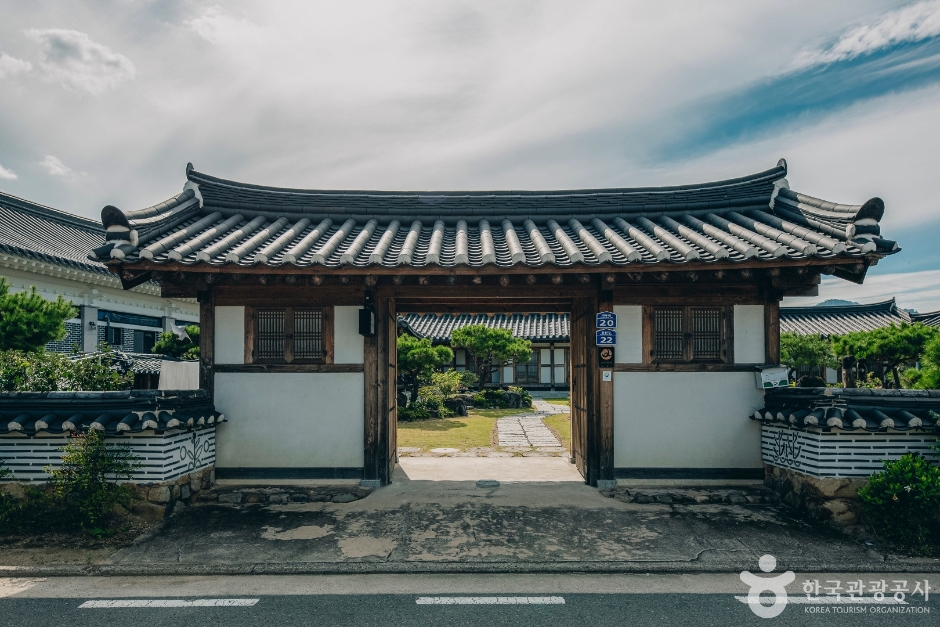
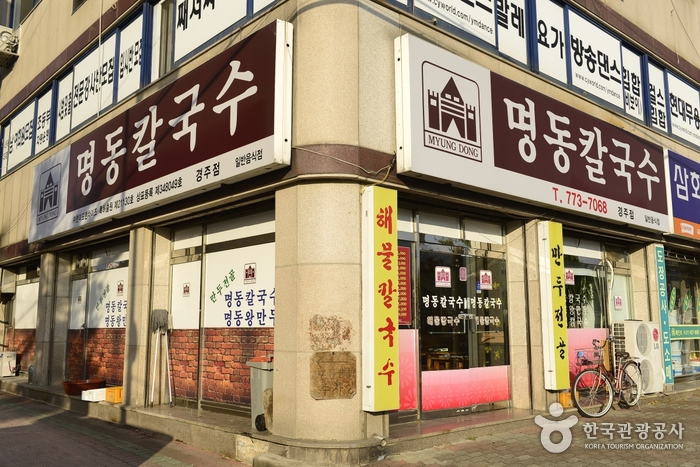
![Wadamjung [Korea Quality] / 와담정 [한국관광 품질인증]](http://tong.visitkorea.or.kr/cms/resource/35/2557635_image2_1.jpg)

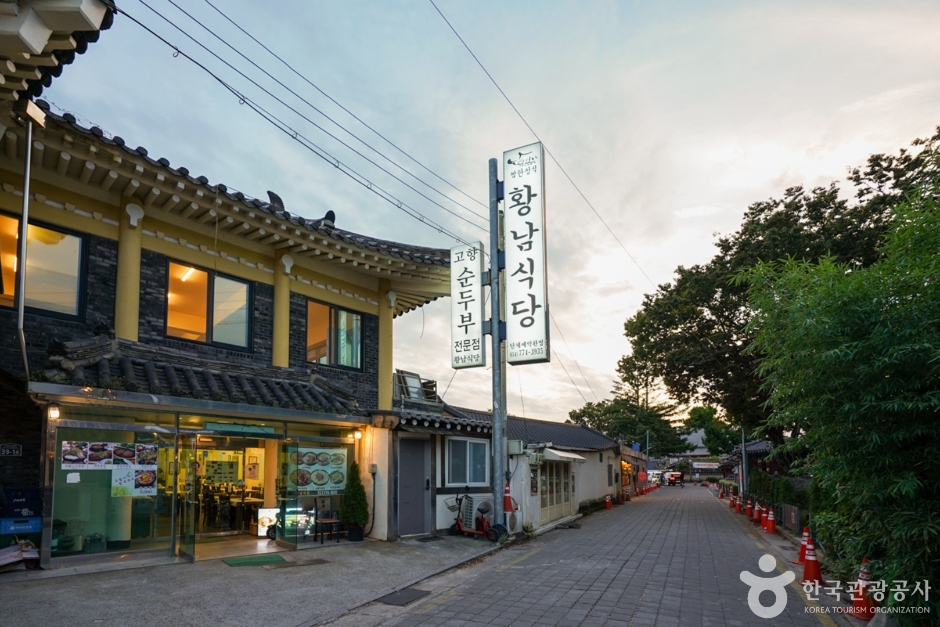
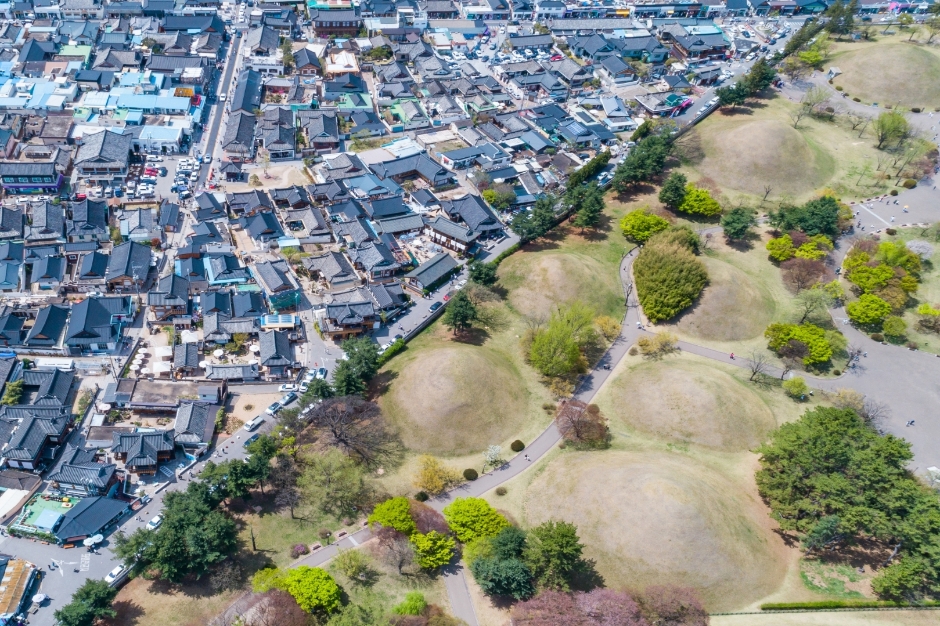
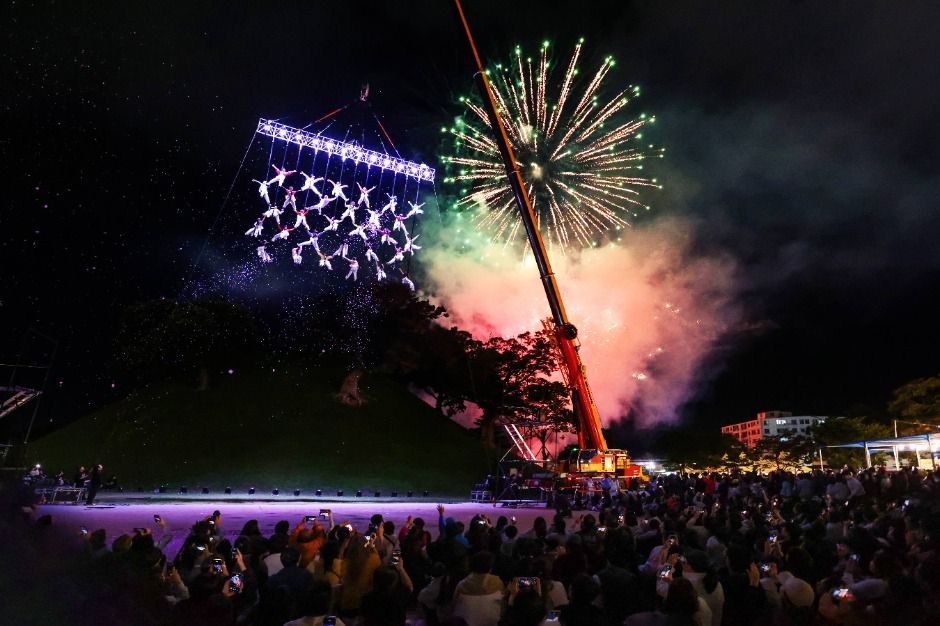
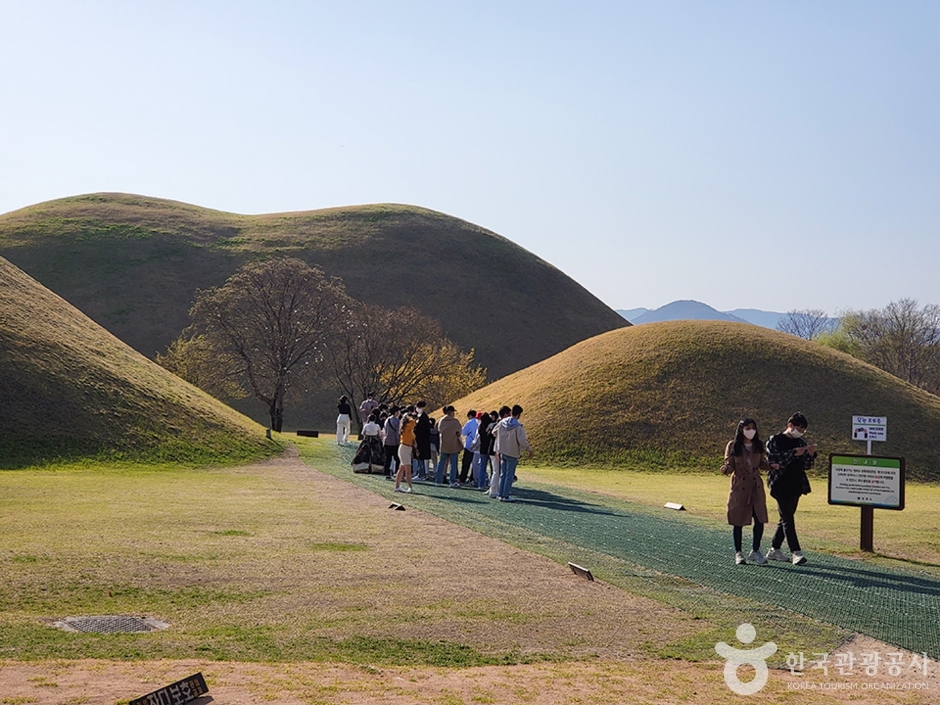
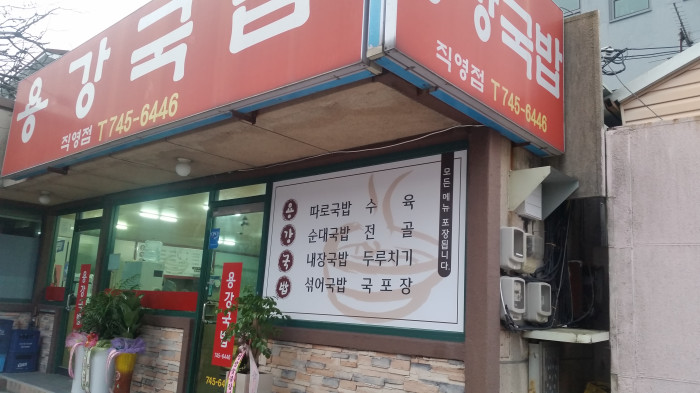
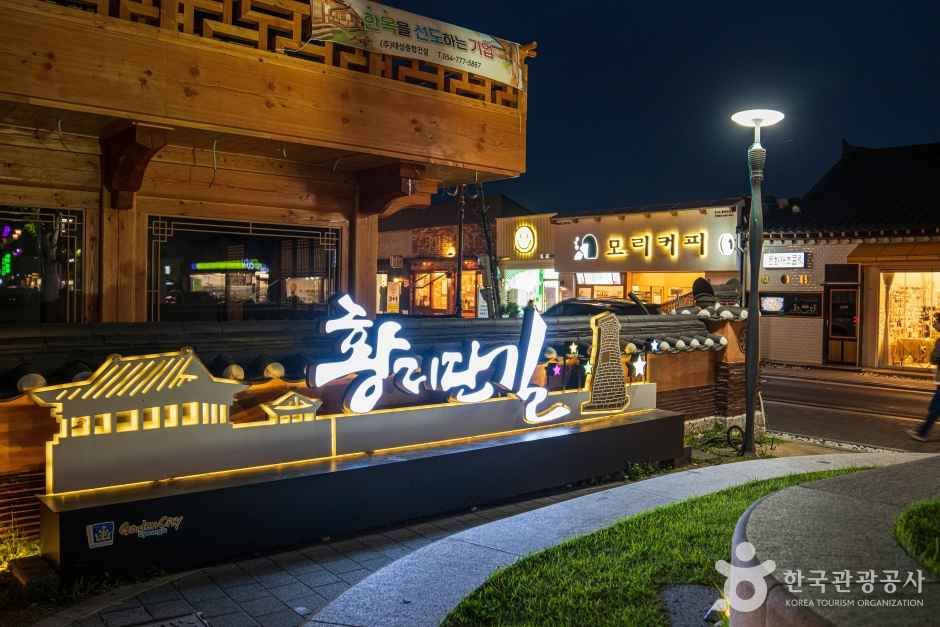
 Español
Español
 한국어
한국어 English
English 日本語
日本語 中文(简体)
中文(简体) Deutsch
Deutsch Français
Français Русский
Русский